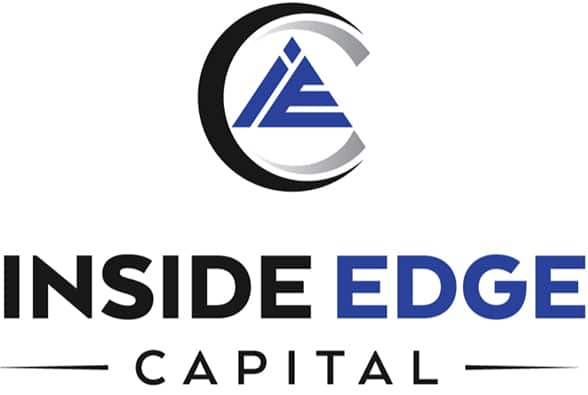Retirement Investing
So you’re about to hit the golden years and retirement is on the horizon. There is a lot to be excited about, but also the realization that you may no longer generate income and will instead rely on investments and Social Security. For some, this psychological shift can evoke a sense of insecurity.
We have often observed how investors, in times of market volatility, can become emotionally invested and as a result, choose to make decisions based on sentiment rather than strategy. In fact, research has shown that people are more risk-averse than they are opportunistic. This tendency can lead investors to falling victim to sensational headlines and making hasty decisions, missing out on sustained returns in the process.
Over the years, the notion of passive investing has often been touted as a safe bet. However, our position challenges this conventional thought. We don’t think that’s the best fit for everyone, particularly for seasoned investors nearing retirement who have grown their portfolios themselves, but no longer want to manage their own investments.
When this type of investor wants to offload their investment management responsibilities, they tend to want an investment manager who is watching the market and isn’t limited to sitting passively through a decline.
Our advice is simple – determine your risk appetite’s maximum threshold. Once identified, our proactive method will assist in mitigating those risks, a process incorporating the avoidance of lagging asset classes and regions. This two-pronged strategy is fundamental in ensuring you can invest your money confidently without the looming concern of unnecessary risks.
In conclusion, our advocated stance is that of active, diversified investing, a balance struck between astute risk management and potential profit optimization. We firmly believe that this approach goes a long way in procuring a secure and confident retirement phase, serving as a firm foundation to safeguard one’s hard-earned savings.




